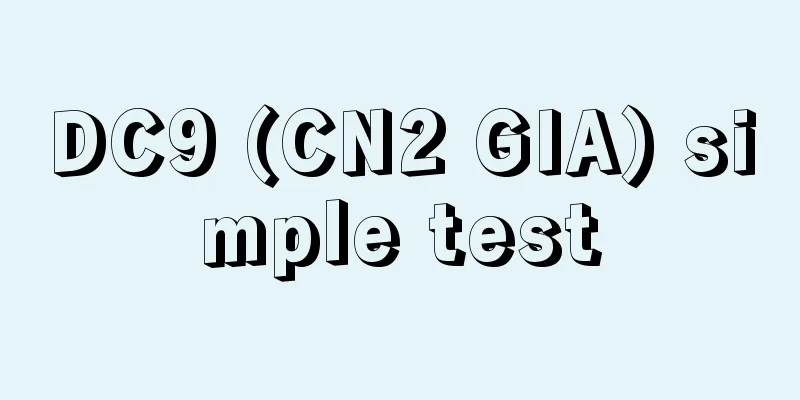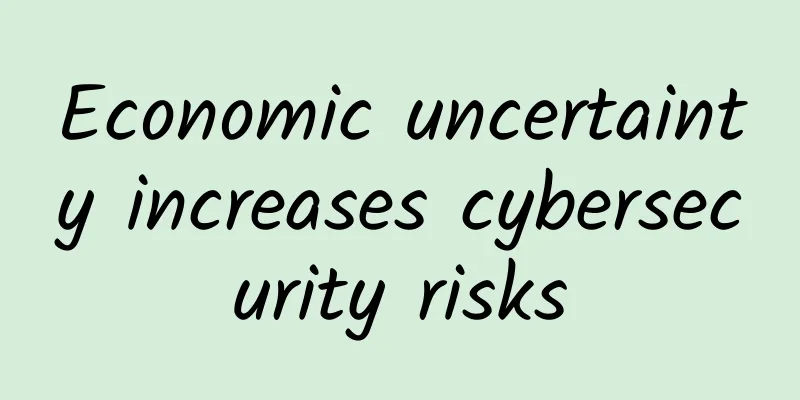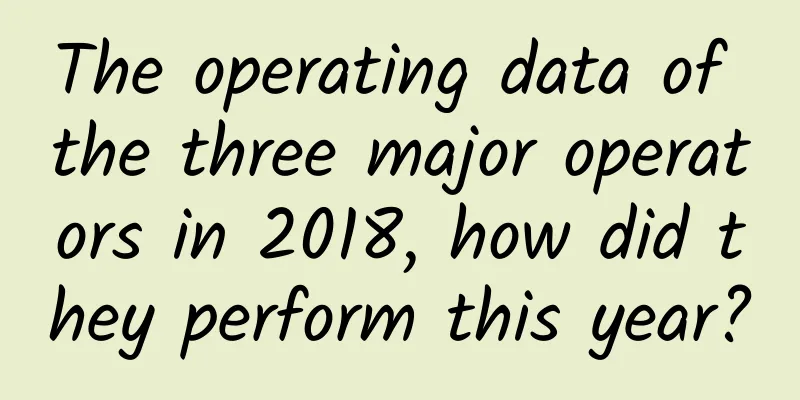What is missing for blockchain to be used commercially on a large scale?

|
I believe that many people have heard about the epoch-making significance of blockchain and its potential huge impact, and there is no longer any dispute about this. However, most people are divided on when blockchain can really change the world. Some people have become optimistic after seeing or participating in the initial commercial experiments of blockchain, while others are more pessimistic because they are concerned about the potential constraints of blockchain. The question is, from 2009 to now, in nearly 8 years, how has blockchain evolved and grown step by step? What breakthroughs have been made? What are the restrictive conditions before large-scale commercial use? The following is some thoughts from the author, just one person's opinion, and welcome to leave a message for discussion. The origin of blockchain and its evolution logic The word blockchain comes from Bitcoin. Bitcoin blockchain is also the earliest blockchain and can be regarded as a typical representative of blockchain 1.0. In the first version of Bitcoin program, Satoshi Nakamoto named the folder that stores Bitcoin transaction data as blockchain. This name was continued by other encrypted digital currencies, and blockchain became a special term referring to the number of historical transactions of encrypted digital currencies.
Since 2015, mainstream financial institutions have begun to study the system of encrypted digital currency, separating the underlying technology and upper-level business of the system, and using blockchain technology to refer to this set of underlying technology combinations, thus forming the current concept and scope of blockchain. Therefore, blockchain is not a single technological innovation, but an innovative combination of multiple existing technologies, including knowledge of basic disciplines such as cryptography, network topology, consensus algorithms, and game theory. In its evolution process, new modules and features such as proof of work, smart contracts, side chains, and lightning networks have been added one after another. In this process, the connotation of blockchain is becoming richer and richer, and it is getting closer and closer to entering the real world. Looking back at the evolution of blockchain, we have to start with the first blockchain, the Bitcoin blockchain. The various inherent defects of the Bitcoin blockchain are the main driving force for the evolution of the blockchain itself. The Bitcoin blockchain is the blockchain with the most distributed nodes to date, and it is also the most decentralized and secure, but it has two major problems: block limit and poor scalability. Block limit is manifested in data throughput, transaction delay (about 10 minutes per block), transaction finality (generally it takes 6 blocks or 60 minutes to confirm as the final transaction) and other issues. In layman's terms, the Bitcoin blockchain can only process 7 transactions per second, and each transaction has to wait about 60 minutes before it can be finally confirmed. Under such restrictions, the Bitcoin blockchain can only support semi-normal use by hundreds of thousands of users, or at most support use by millions of people twice a month. In the early days, when few people were interested, it was still manageable. As the Bitcoin ecosystem expanded, the Bitcoin blockchain began to experience transaction congestion. Many transactions had to wait in line to be written to the blockchain, and in order to increase priority, they had to pay higher fees. Poor scalability is another problem, which means that although the Bitcoin blockchain is the largest and most secure blockchain, it is difficult to easily apply it to other fields besides Bitcoin transactions. If the blockchain is limited to the field of digital currency, its significance will obviously be greatly reduced. In order to improve this defect, two different ideas have been derived. One is innovation without excluding (or separating from) the Bitcoin blockchain itself, and the other is to solve this problem by recreating a blockchain. Several key innovations Under the first idea, a series of innovations such as colored coins, side chains, and lightning networks have been derived; and under the second idea, through the new underlying protocol and the targeted absorption of various innovative proposals of Bitcoin, competing currency blockchains such as Ethereum, Ripple, BitShares, and EOS have been born. From the current stage, the more critical innovations are probably the following: the evolution of consensus algorithms, Turing-complete smart contract platforms, and lightning networks. The evolution of consensus algorithms The consensus algorithm solves the problem of how the various participants in the distributed network can reach a consensus on key issues, including the accuracy, validity, time sequence, etc. of the content. It is precisely because of the consensus algorithm that we can rely on decentralized and independent nodes to handle various complex problems and respond to various potential attacks, ensure the safe and orderly operation of the blockchain, and achieve the effects of decentralization, trustlessness, and non-tamperability. To give an inappropriate example, how can a seemingly chaotic and unintelligent bee colony build a delicate hive? How can the bee colony's genes be continued in a harsh natural environment? All they rely on are some simple rules, which can be roughly compared to the consensus mechanism in the blockchain. The importance of consensus algorithms is obvious, and the evolution of blockchains is inseparable from the evolution of consensus algorithms. The Bitcoin blockchain adopts the proof-of-work mechanism (POW), which has the advantages of fairness, decentralization, and the most security. The disadvantage is that the mechanism that relies on computing power consumes a huge amount of electricity and the efficiency of reaching consensus is relatively low. For example, American analysts have calculated that according to the current evolution speed of mining machines, it may take 5,500 kWh of electricity to mine one Bitcoin by 2020. If we cannot innovate in the consensus mechanism, it will be difficult to have a second or third blockchain comparable to Bitcoin based solely on environmental protection and energy conservation considerations, and the widespread promotion and application of blockchain is even more empty talk. Therefore, in addition to the POW mechanism, we have seen consensus protocols such as POS, DPOS, PBFT, Casper, etc., which have greatly promoted the progress of blockchain in environmental protection, consensus efficiency, etc., and also made various blockchains possible. Smart Contracts The so-called smart contracts refer to computer programs that can automatically execute contract terms. With smart contracts, many off-chain businesses can be moved to the blockchain, which can be regarded as a bridge connecting the blockchain and the real world. Bitcoin's script system is the first basic implementation of the concept of smart contracts. However, the programmability of the Bitcoin blockchain only stays at "turning Bitcoin into programmable electronic currency" to implement some basic smart contracts. The scalability is very limited, and complex application systems are difficult to operate on the Bitcoin blockchain. The blockchain community has made many attempts to improve the scalability of blockchain, and Ethereum is the most successful one. Ethereum has implemented a more flexible Turing-complete smart contract platform. The Turing-complete language provides complete freedom for users to build various applications. The business that the contract can provide is almost endless, and its boundaries are your imagination. Lightning Network The lightning network solves the problem of transaction efficiency. Its purpose is to take most transactions away from the Bitcoin blockchain without sacrificing security and verifiability, thereby greatly improving the transaction efficiency of Bitcoin. The core idea of the lightning network is to transform the Bitcoin blockchain from a settlement platform to a clearing platform. Transactions within the lightning network are regarded as settlements and are implemented off-chain through the lightning network. When transactions need to be separated from the lightning network, they are regarded as clearing and implemented through the Bitcoin blockchain. This greatly reduces the number of transactions on the Bitcoin blockchain and indirectly improves the transaction processing capacity of the entire Bitcoin blockchain. At the same time, since blockchain is rarely used, transaction fees are greatly reduced. If the Lightning Network is introduced, the bottleneck of Bitcoin blockchain processing power will be completely broken, and latency, finality, capacity and even privacy issues will be solved. For this reason, the Bitcoin community even believes that the importance of the "Lightning Network" paper to Bitcoin is second only to Satoshi Nakamoto's Genesis Paper. The concept of the Lightning Network began with the improvement of the Bitcoin blockchain, and was later adopted by other competing currency blockchains, such as Ethereum, which launched a similar concept of the Lightning Network. The Lightning Network solves the bottleneck of blockchain processing power and will surely become an important driving force for blockchain to enter the real world. What is missing for large-scale commercial use? From a big picture perspective, the expansion of blockchain from the digital currency field to the real world is getting closer and closer. What is missing? Probably time. It takes time to perfect the details and reach consensus. Naturally, there is still a killer blockchain application missing. This application must meet at least one condition, that is, it supports millions of users and can attract millions of users. To achieve this, the blockchain behind it must be able to significantly reduce transaction costs, easily upgrade iterations and bug fixes, and have fast response and super load capacity. Of course, detailed functions such as cross-chain interaction, permission control, key recovery, and identity authentication are not to mention. Now, whether it is Bitcoin blockchain or Ethereum, there is still a long way to go to achieve this goal. However, the direction is clear, isn't it? |
<<: 10 bad habits network administrators should avoid at all costs
Recommend
CDN network development trend: Accelerate the integration and innovative development with new technologies
In the process of development, CDN networks have ...
What is missing from licensing 5G for commercial use?
On February 20, South Korea announced the officia...
Aoyozhuji 20% off for all lines, US CN2/Hong Kong CN2/Germany CN2/Netherlands CN2/Hong Kong high-defense lines
Aoyozhuji is a long-established foreign VPS servi...
Basic network management knowledge of Linux operating system
Today's notes are mainly about the basic know...
Will modularization become the mainstream of edge data centers in the 5G era?
The world is moving from the 4G era to the 5G era...
It’s better not to work for this kind of company!
[[415021]] Hello everyone, I am Xiaolin. Last wee...
How do analog phones achieve full-duplex communication?
Full-duplex communication refers to the ability t...
What are the popular LAN technologies and LAN types today?
LAN technology in computer networking is widely u...
HostDare: 38% off on CN2 GIA line in Los Angeles, starting at $24.4/year, 20% off on Japan VPS
HostDare's discount codes have been updated a...
The Data Security Law has been officially announced! How to manage risks and protect sensitive corporate data?
On June 10, 2021, the "Data Security Law of ...
The growth of 5G data scale will help the semiconductor industry innovate and upgrade
Currently, 5G is entering a period of accelerated...
Ten questions about the issuance of 5G temporary licenses: how far is 5G?
Recently, authoritative information about 5G has ...
Comment: Who is the first 5G city?
In order to further unleash the role of new infra...
Just-in-time infrastructure: Infrastructure at the speed of business
Enterprises are under increasing pressure to deli...
LOCVPS launches 1Gbps port VPS in Hong Kong, 20% discount, monthly payment starts from 36 yuan
LOCVPS launched a 1Gbps port Hong Kong VPS host b...





![[6.18] UCloud Kuaijie cloud server starts from 5 yuan, COM domain name starts from 20 yuan, 100GB CDN traffic package starts from 1 yuan](/upload/images/67cac33114e29.webp)



